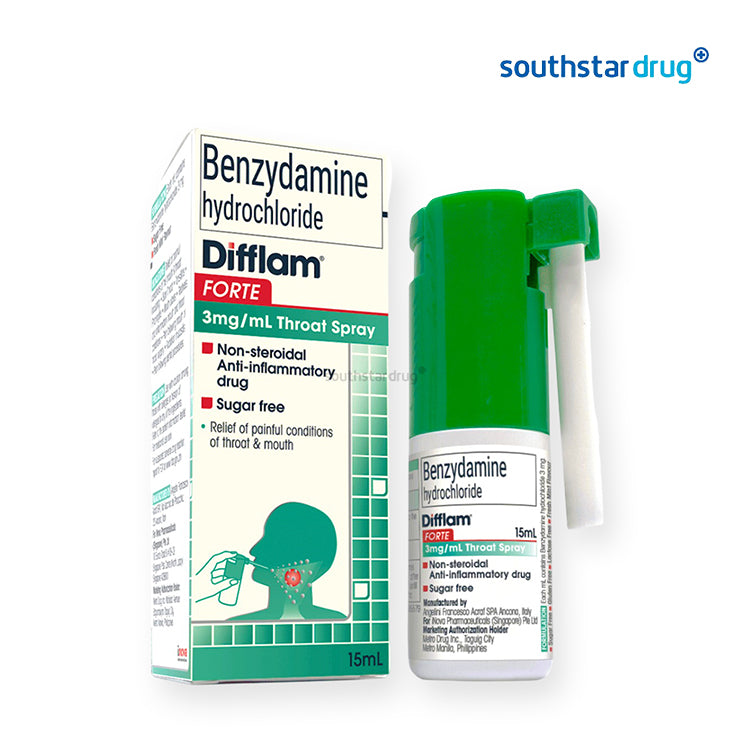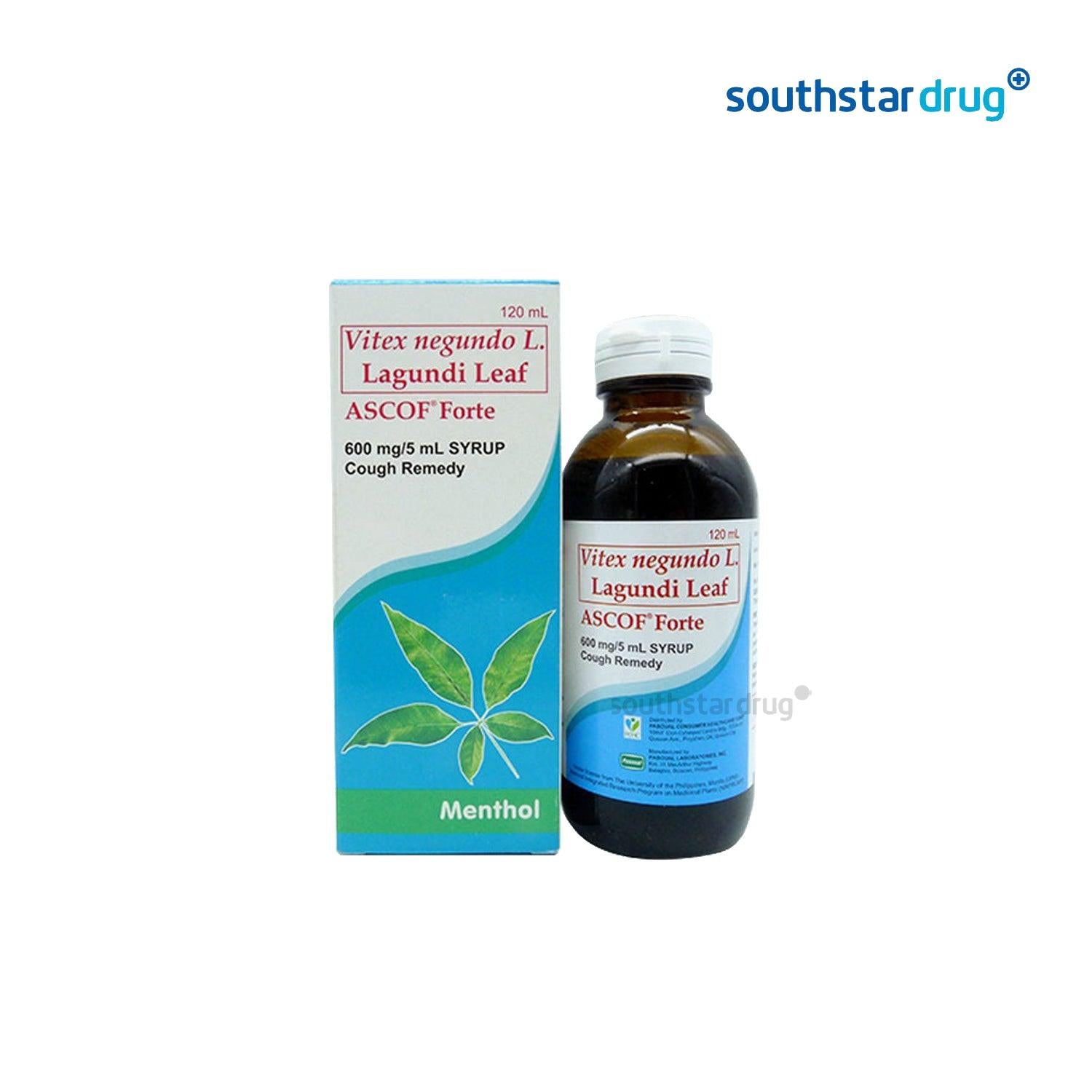The Philippines is known for its scorching-hot summers, with temperatures often soaring to 40°C in some areas, particularly during the peak of the dry season. Alongside the intense heat, high humidity levels make the weather even more oppressive—conditions that can quickly overwhelm the body’s ability to regulate its internal temperature. As a result, Filipinos become more vulnerable to various heat-related illnesses during the summer months.
At Southstar Drug, our mission is to help individuals and families stay safe and healthy all year round. Whether through our wide selection of over-the-counter and prescription medicines or our vaccination program for protection against flu, pneumonia, and other illnesses, we’re committed to providing accessible and affordable healthcare solutions for every Filipino.
To help you and your family stay in good health even during scorching temperatures, we’ve put together a guide to common heat-related illnesses and how you can prevent them.
- Heat Exhaustion
Heat exhaustion is a condition that occurs when your body loses too much water and salt through heavy sweating, usually after spending too much time in the sun or engaging in physical activity in the heat. You might feel weak, dizzy, nauseated, or just generally worn out. Your skin may also feel cool and clammy, and your pulse might become weak and rapid. If not attended to right away, heat exhaustion can lead to something more serious, like heatstroke.
The good news is that it’s easy to prevent. In particular, drink plenty of water throughout the day, especially if you’re spending time outdoors. Avoid strenuous activity when the sun is at its strongest, and wear loose, breathable clothing. Taking regular breaks in the shade or indoors can also go a long way in keeping you safe.
- Heatstroke (Sunstroke)
Heatstroke is a severe and potentially life-threatening condition that occurs when the body’s internal temperature rises rapidly, often exceeding 40°C. Symptoms include a rapid pulse, hot and dry skin, and confusion. In some cases, fainting or seizures can also happen. Unlike heat exhaustion, people experiencing heatstroke may stop sweating altogether, which makes it even more dangerous.
Preventing heatstroke starts with recognizing the above-mentioned warning signs early. Stay out of direct sunlight during peak hours, stay hydrated, and cool down with fans, cold showers, or wet towels. If someone shows signs of heatstroke, it’s important to seek medical help immediately.
- Heat Cramps
If you’ve been physically active in hot weather, you may experience sharp, painful muscle spasms; these are called heat cramps. They often affect the arms, legs, or stomach and are caused by the loss of fluids and electrolytes through sweat. While they’re especially common among athletes or workers engaged in physical labor in the heat, they can affect anyone who’s exerting themselves in high temperatures.
To prevent heat cramps, take it easy when the sun is blazing and make sure you’re drinking enough water or sports drinks with electrolytes. Stretching your muscles before and after physical activity can also help. Don’t forget to listen to your body. If you’re starting to feel tired or sore, take a break.
- Dehydration
Dehydration happens when your body doesn’t have enough water to function properly. In hot, humid weather, it can sneak up on you quickly. You might notice that you’re feeling thirstier than usual, your mouth is dry, or your urine is a darker shade of yellow. If it gets worse, you may feel dizzy, tired, or even confused.
The key to avoiding dehydration in hot weather is to drink water regularly, even if you’re not feeling thirsty. Eat fruits and vegetables that are high in water like watermelon or cucumber and avoid drinks that can dry you out, such as alcohol or too much coffee.
- Prickly Heat (Heat Rash)
Also also called heat rash, prickly heat is an itchy, bumpy skin irritation that can appear after excessive sweating. It occurs when sweat gets trapped under the skin, usually in areas like the neck, back, chest, or underarms. Prickly heat is especially common in hot, humid weather and can affect both children and adults.
Keeping your skin cool and dry is the best way to prevent heat rash. Wear light, breathable clothes and bathe regularly. For relief, you can use prickly heat powder or apply hydrocortisone cream to soothe the itching and inflammation.
- Sunburn
Sunburn results from overexposure to the sun’s ultraviolet rays, causing the skin to become red, painful, and warm to the touch. In severe cases, it may lead to swelling, blistering, or peeling skin. Beyond immediate discomfort, repeated sunburns can increase the long-term risk of skin damage and skin cancer.
To protect your skin, apply sunscreen with SPF 30 or higher before going outside, and reapply it every couple of hours or after sweating or swimming. Wearing a hat, long-sleeved clothing, or seeking shade during peak sun hours (9 AM to 3 PM) can also help prevent burns.
- Heat Syncope
Last but not least, heat syncope is a sudden, temporary loss of consciousness that usually happens after standing for long periods or rising too quickly in a hot environment. It occurs when blood pools in the legs, reducing blood flow to the brain. This condition is often preceded by lightheadedness, blurred vision, or dizziness.
To prevent heat syncope, avoid staying in the same position for too long, especially in hot weather. If you begin to feel dizzy, sit or lie down immediately and try to cool off. Staying well-hydrated and gradually acclimating to hot conditions (especially if you're not used to them) can also help your body adjust more safely.
By staying aware of these common heat-related illnesses and taking the necessary precautions, you can enjoy the summer with peace of mind. Remember to stay hydrated, wear appropriate clothing, and pay attention to your body’s signals. Stay cool, stay safe, and keep yourself and your loved ones protected, no matter the weather!












